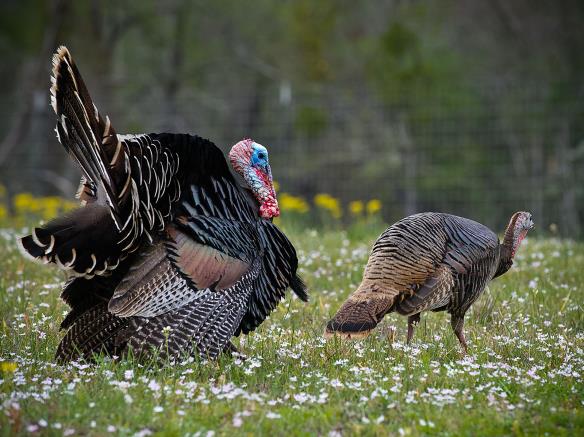On Thanksgiving Day, millions of Americans sit down to enjoy a traditional turkey dinner. Although the U.S. holiday is only a few centuries old, archaeological evidence suggests that in Mexico’s central valleys of Oaxaca, turkey was on the menu much earlier — starting at least 1,500 years ago.
In fact, the amount of turkey remains found at a site inhabited by the Zapotec people suggests that turkey meals back then were “second only to dog” in popularity, the researchers wrote in a new study.
The archaeologists described excavating the remains of adult and juvenile turkeys; whole, unhatched eggs; and eggshell fragments from two residential structures dated between A.D. 300 and 1200. The locations and context of the bones and eggshells suggested both domestic and ritual use of the animals, and “multiple lines of evidence” hinted that the breeding and raising of turkeys were commonplace in the region by A.D. 400 to 600, providing the earliest known evidence of turkey domestication, the study authors wrote. [10 Terrific Turkey Facts]
A boy carries turkeys in Oaxaca state near the archaeological discovery site. (PHOTO: Credit: Linda Nicholas, The Field Museum)
The archaeologists also found three individual turkey skeletons in a grave, likely part of a funeral sacrifice. Two blades made of obsidian were also nearby, and were probably used to slaughter the birds.

Turkey eggshells and bones from an offering 1,500 years ago in Oaxaca, Mexico. (PHOTO: Linda Nicholas, The Field Museum)

North American wild turkey was abundant in the U.S. and western portions of Mexico since pre-Colombian times (Photo: Google)
To read complete article click here.
Source: livescience.com

